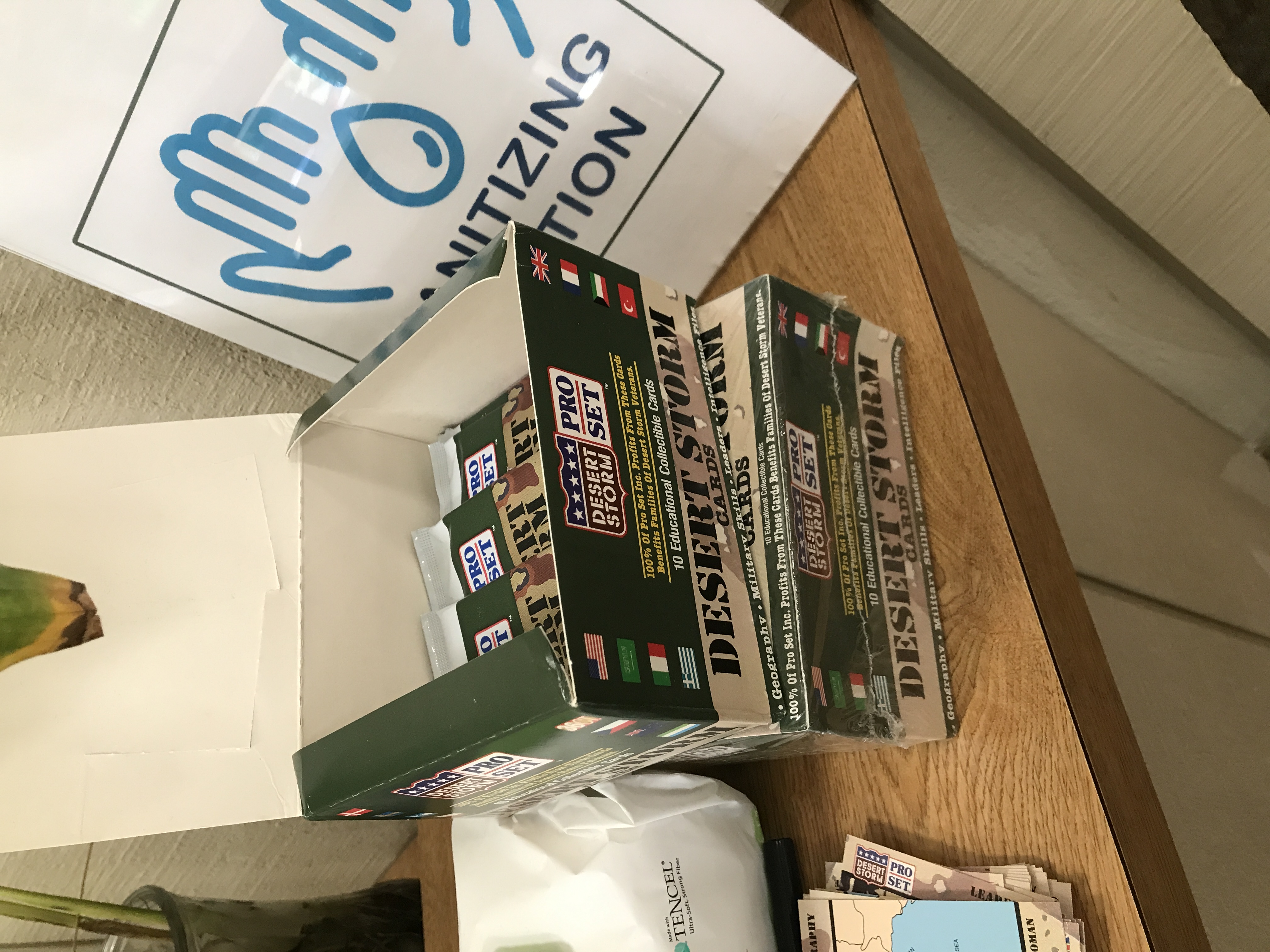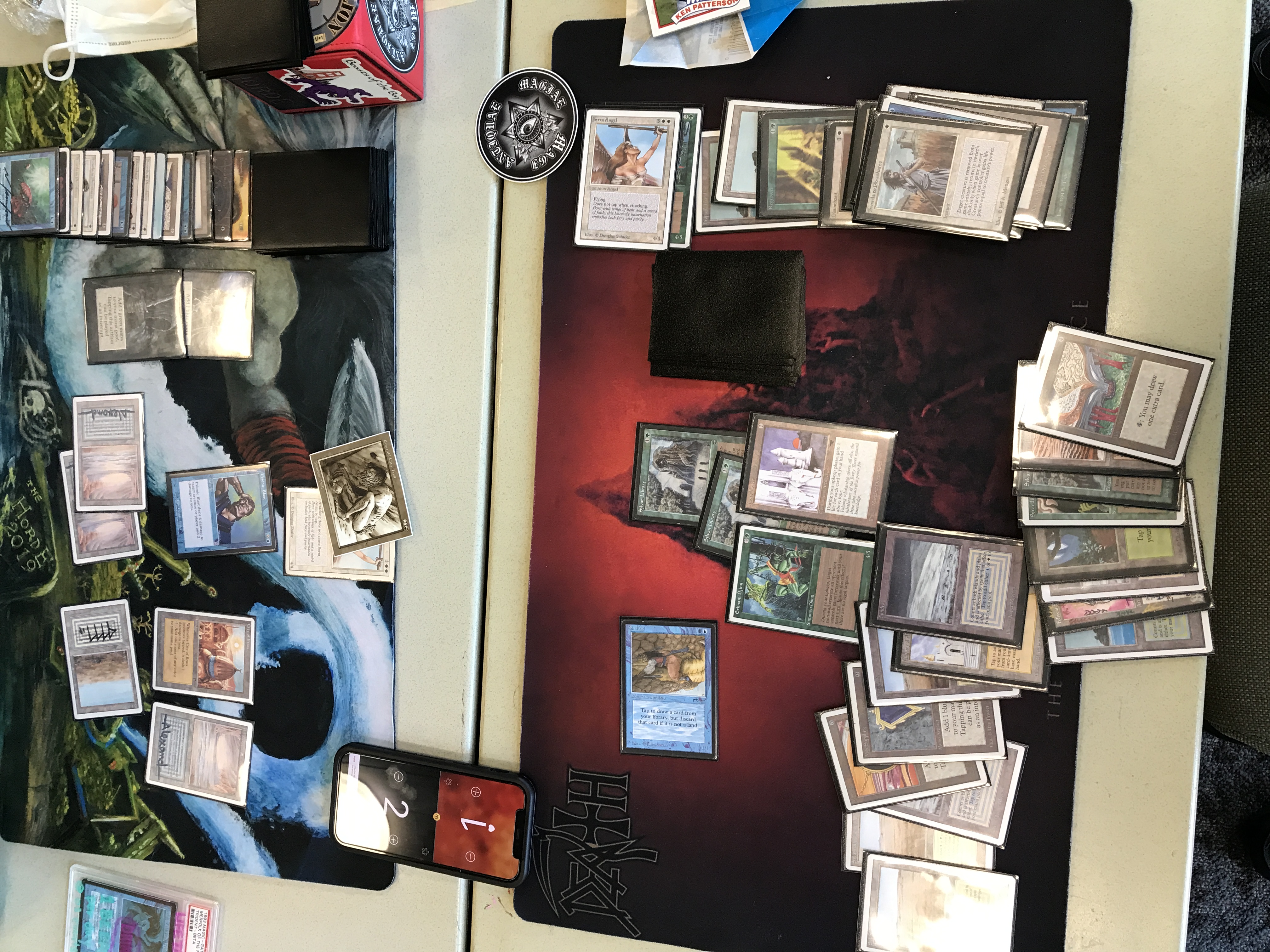
American Old School clubs have been upping the ante on get-togethers since the beginning. Even the first Eternal Weekend Old School tournament, held at the DoubleTree Philadelphia in 2014, was a significant upgrade over the standard halogen-lit convention center, where your only solace from a bad loss was a stale-bunned $27 hotdog. At least at the DoubleTree, the twelve magicians in attendance could bring their own booze and order room service.
As attendance of OS events grew, the venues became less intimate. Just five years after the inaugural event, the EW OS tournament turnout had swelled to 196 combatants. The only place that could house so many nerds (and had not yet banned us from returning) was an Elks Lodge, which, like ye olde convention center, could only feed us chicken tenders and nachos, but at a cheaper price and alongside some Yuenglings and an amazing atmosphere.
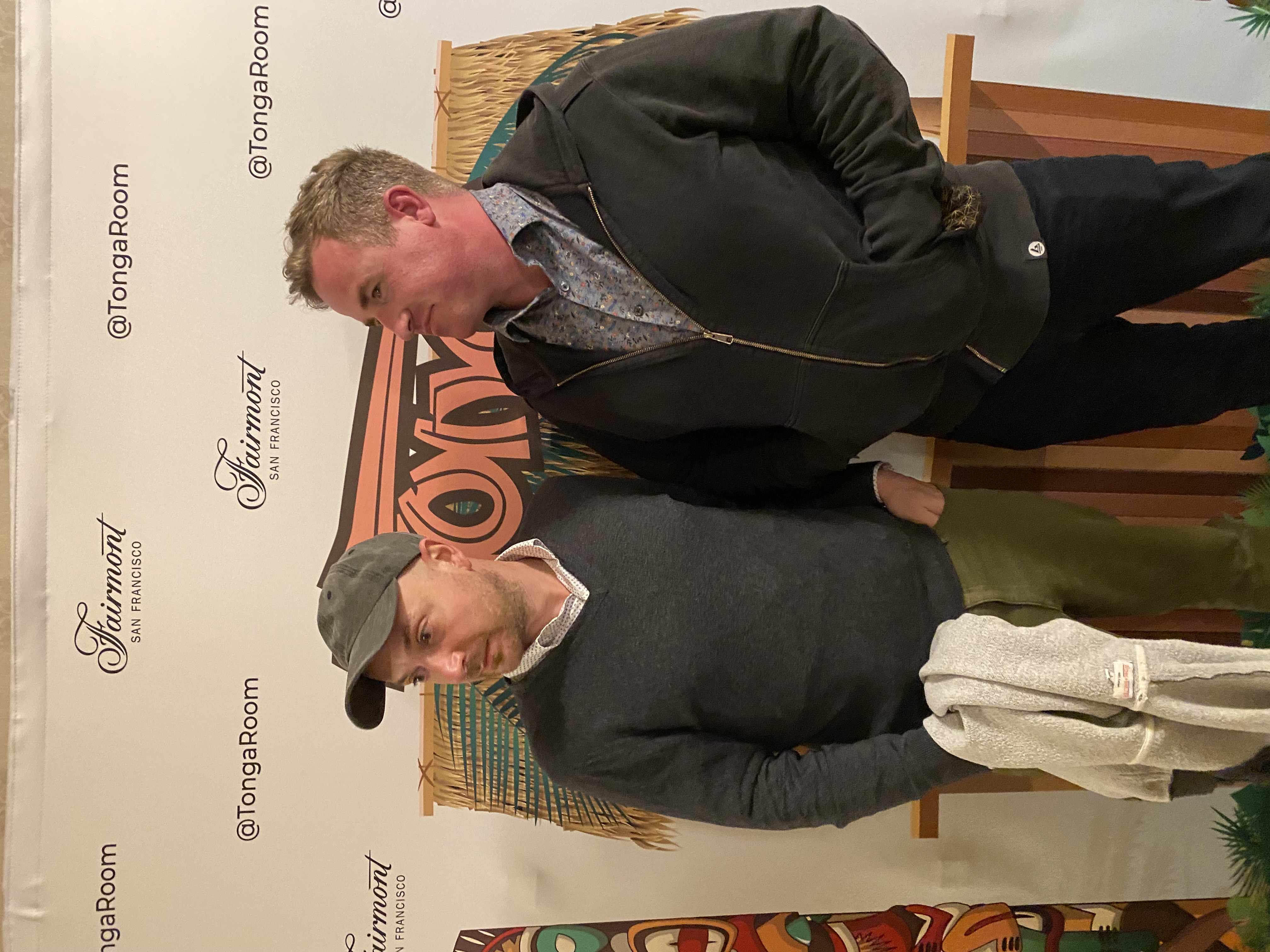
Bigger wasn’t always better, some in the community decided. A little magic had been lost when this rogue format built in barrooms had ballooned into an eight-round grindfest, complete with tourists net-decking mono_black_hymn.dec. What if, instead of growing larger, the events shrank, but became more extravagant for those who were invited?
No club has executed this vision better than the Beasts of the Bay, who just closed the books on their third annual Urza’s Chalice event, an international invitational retreat weekend that has set the blueprints for similar events, like Lords’ Haus. If Lords’ Haus is a Chicago old-schooler’s weekend getaway at a crazy uncle’s lake house, then Urza’s Chalice is a brief summer camp for the most well-connected man-boys of the Old School Magic community.
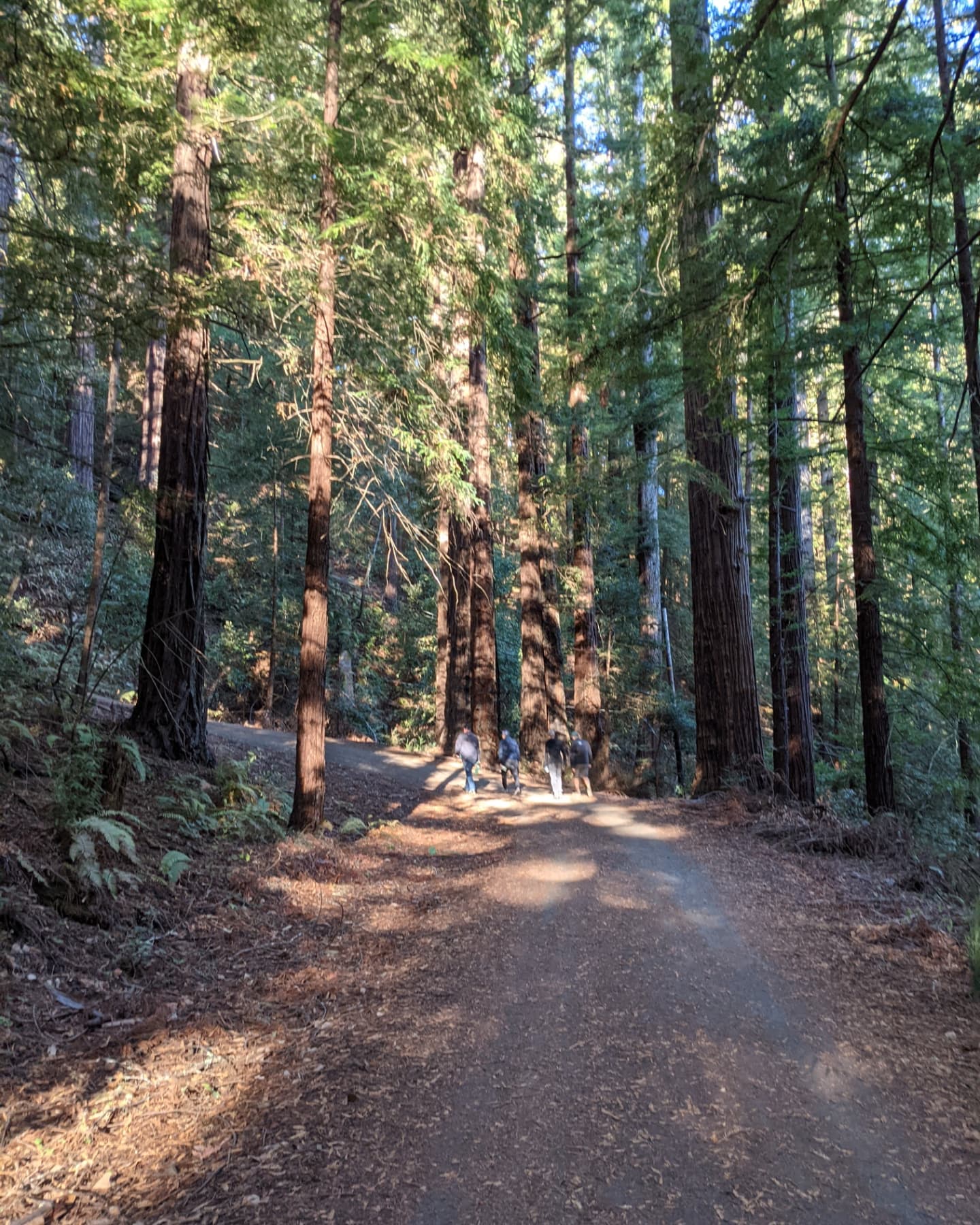
Set in the redwood forests of San Mateo County, this year’s Urza’s Chalice took place on the grounds of what is normally a Christian summer camp. Attendees spent most of their time in a two-story conference center, complete with over twenty rooms for lodging, a main conference room on the first floor, and a smaller hangout room on the lower floor. The room on the lower floor had the most character and gave off some strong basement den vibes: an old TV with a built-in VHS deck, mounted in the top corner of the room, which played classics like Aliens and Terminator all weekend long; two other TVs set on tables, hooked up to an N64 and SNES, controllers and cartridges piled neatly around; a whiteboard that was converted into a GoldenEye leaderboard and had scrawled on it in big letters, “NO ODDJOB”; and a few tables at the back of the room, covered in dozens of Costco-sized bags of junk food.
To add to the summer camp feel, most of our meals took place in a separate mess hall a minute’s walk away, and the staff would literally ring a bell when it was ready. The best meals were the two lunches made by the Beasts, who worked their asses off to feed everyone. My personal favorite was the Philly cheesesteak: thin beef slices grilled fresh on a flat top, doused in ghost pepper cheese sauce, topped with a few grilled red and green bell peppers, nestled in a toasted hoagie roll. The Beasts also made hot late-night snacks for those with the munchies: Pizza Rolls, dumplings, and lumpia.
After we arrived on Friday evening, most of the 52 attendees met in the conference room for an orientation on the weekend ahead of us. Just like at summer camp, there would be plenty of activities to keep us busy.
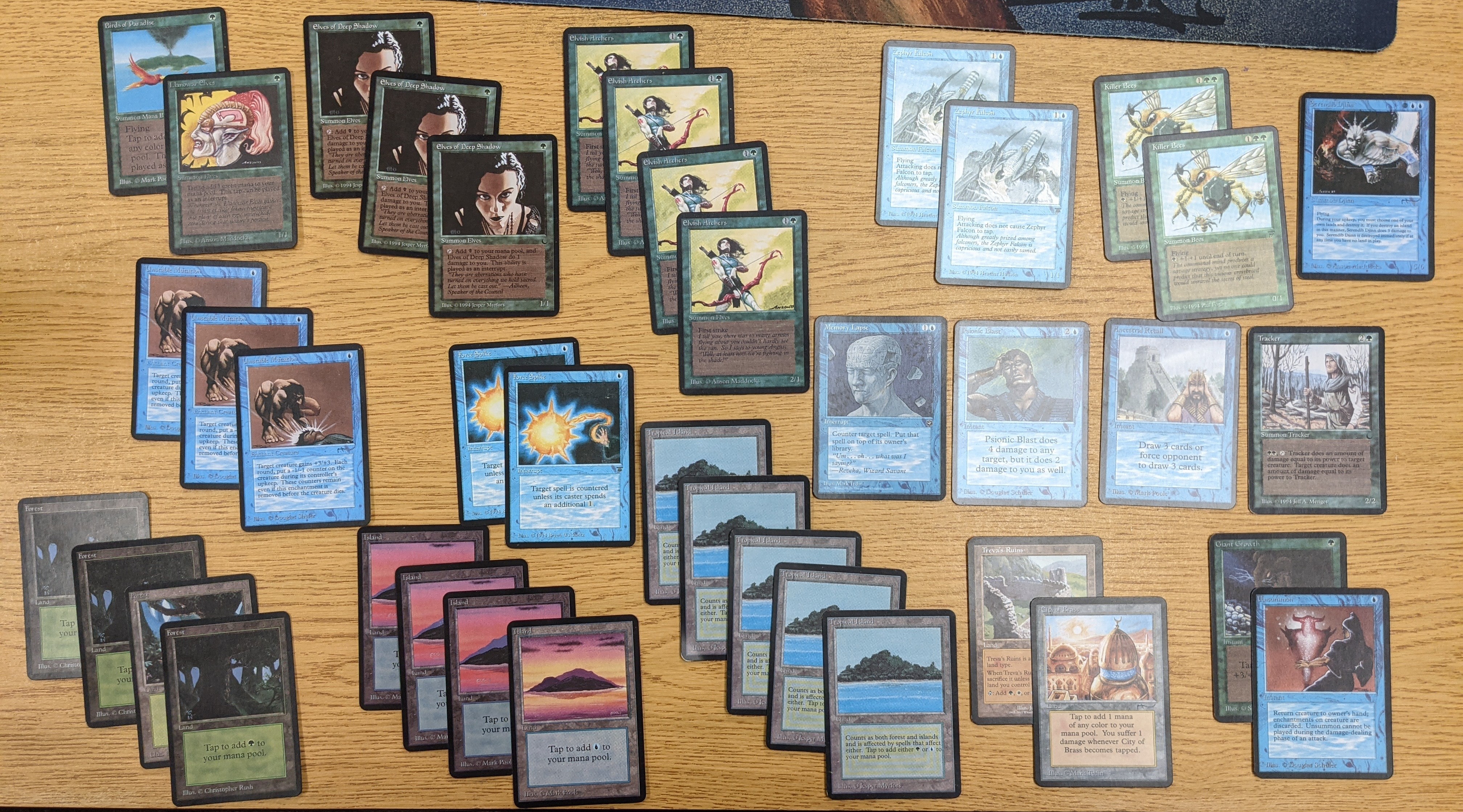
The first, and arguably best, was “Urza’s Ante.” We were each given a large random “pack” of cards sealed in heavy plastic. The packs were proxies of mostly Old School cards, with a few newer old-border cards like Memory Lapse and Lotus Petal peppered in. The initial event was three rounds played from the sealed pool of cards; there was no drafting or trading.
Afterwards, the real, weekend-long Urza’s Ante game began. You could trade as much as you liked. From these traded cards, you could build a much more powerful 40-card deck, and then you were supposed to play others for ante in one-game matches. The loser signed the card before handing it over. Once or twice a day, a new booster pack would be distributed to each player, which slowly increased the power level of the decks and gave everyone more trade fodder.
Urza’s Ante was a Rorschach test for players. Because the cards weren’t real and there was no money and few prizes at stake, all the decisions a player made were based solely on his values, beliefs, and motivations. For example, there were a number of people, myself included, who couldn’t stomach the idea of losing our precious (and completely fake and worthless) cards, so we averted risk by playing for no stakes, or we’d wager known cards from our trade chaff. Many played for ante, though, and lived with all the ups and downs that accompanied it, like one guy who won a Black Lotus off a game, only to have it ante’d away from him a few hours later.
How people traded also revealed their personalities. Some were friendly and laid back about it, while others were cutthroat and disagreeable. Any card’s “value” was completely up in the air, partly because no one knew what the rarity of each card was; dual lands were so plentiful that they appeared to be uncommons, while the entire card pool had very few copies of removal spells like Disenchant and Swords to Plowshares. Those with a taste for quibbling used this lack of information to argue that reasonable trades weren’t actually reasonable due to differences in the apparent rarity of the cards.
Although I did not have a haggler’s obsession with maximizing EV from every transaction, I spent probably eight hours trading throughout the weekend, four of which took place in a flurry of activity on Friday night. Every time I was about to get up from my table, someone new would wander by, we’d lock eyes and say to each other, “Trades? Trades!” I had forgotten that trading could be so addicting, even if it was just for an Elvish Archers that wasn’t even a real Magic card. I needed that Elvish Archers, and someone with an Elvish Archers needed a Dragon Whelp. These little trades were satisfying enough to keep me hooked. Occasionally, I’d get a big dopamine hit when I found and traded for a bomb in my colors, like Psionic Blast or Tracker.
The trades added up. A Llanowar Elves here, an Unstable Mutation there, and before long I had a functional U/G tempo deck. I think I only played six games with the deck the entire weekend, but for me, playing was beside the point. I just wanted to trade and make a beautiful list.
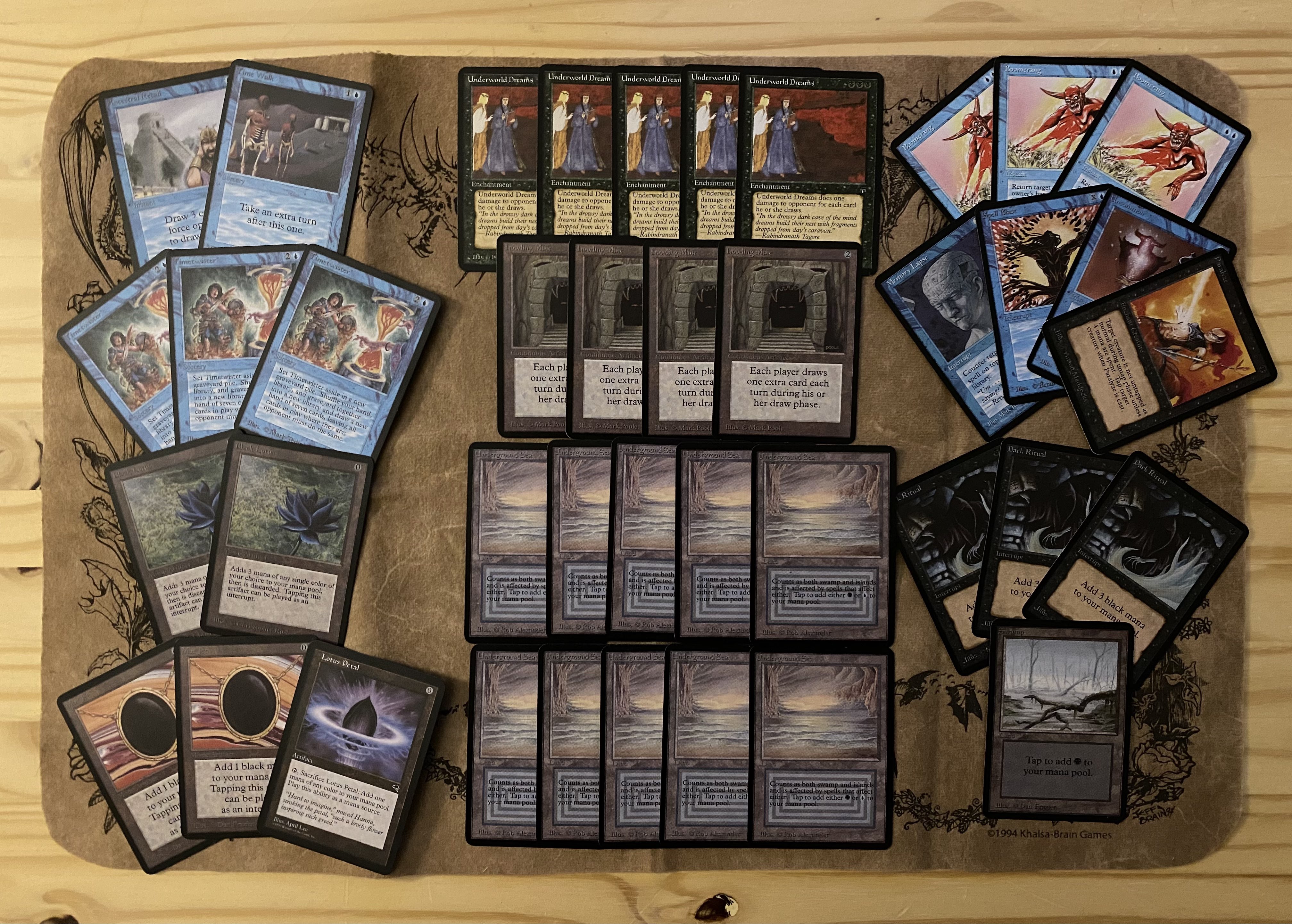
As the weekend progressed, some players got more and more desperate to finish their decks. Lord Semmens tried to build an Underworld Dreams combo deck that needed an impossible number of rare cards: many Underground Seas, multiple Dreams, multiple Timetwisters, multiple Black Lotuses. Late on Saturday night, I was involved in a three-way trade where I had a Mana Crypt, another guy had a Lotus Petal, and Semmens had a Fellwar Stone. Semmens wanted the Petal, the guy wanted the Crypt, and I wanted a Fellwar Stone so I could use it as a proxy in my Eternal Chaos deck. But the Crypt was worth more than the Petal, and the Petal was worth more than the Stone. Semmens told me, “I will go to my room right now and get you a real Fellwar Stone, if you get me that Petal.” So I said, “Done.”
We were both a bit drunk when we made the trade. The next day I felt bad that I sharked him, even at his own insistence, and I told him I’d give him back the Stone, for a proxy one. He told me to keep it, but whenever I used it, to “remember what this game does to people.”
It occurred to me that weekend that any serious Magic player is a hair’s breadth away from being a degenerate gambler. We’re always chasing the high that the game brings us, whether it’s cracking a bomb rare from a pack, trading for a card we need, building a new deck, arbitraging, winning a tournament, altering-out a deck, getting signatures, or completing a set. The list goes on, ad infinitum, since we can always set some preposterous new goal for ourselves or create a new game to keep ourselves on the edge of our seats, crashing our own skill and control against the random chance of what’s in a pack, what’s on top of our deck, or what’s for sale and at what price.
A prime example of this compulsive gaming behavior was a midnight eight-man Operation Desert Storm money draft: a game was created to “draft the best deck” from Pro Set’s 1991 Operation Desert Storm trading cards, and the buy-in was $20. Basically, some players created a game from cards in which there was no intended game, and then gambled on the outcome. It was all in good fun, the laughs were probably worth the price of admission for the losing team, and it certainly wasn’t the most money being lost over the course of the weekend (there were real ante games going on). However, it took a specific kind of person to create such a game or decide to buy in on it.
It took another kind of person to attempt the trial of the Chaos Orb patch. I saw a lot of shaky hands and sweaty brows that weekend, but I’m proud to report that roughly half a dozen dudes earned their patches, and I’m even prouder to report that none of them had more liquor than they could handle.

The OS main event was on Saturday. It was the least interesting thing that happened over the weekend; by now, if you’ve seen one Old School tournament, you’ve seen them all. The Deck won the day, returning the great metagame wheel of Old School back to the beginning of its rotation, bringing with it some minor mutations, like the second-place Atog + Savannah Lions deck that played one Jalum Tome, and the third-place Atog deck that replaced the usual Ankhs of Mishra with Relic Barriers.
Sunday was a day of recovery and had the two summer-campiest activities: a nature hike and an arts and crafts event. Dom, a Beasts/Lords dual citizen, led the hiking trip. Eighteen of us piled into two white passenger vans at 8:30 in the morning, many of us hungover. When we arrived at the state park, Dom played the camp counselor, stressing the importance of maps and making us buddy up so as not to lose anyone. Within ten minutes, one buddy was lost, not to be seen again until we returned to the parking lot a couple hours later. Half of the group went home after that, while the other half of us continued hiking for a couple more hours, basking in nature’s beauty and chatting mostly about Magic.
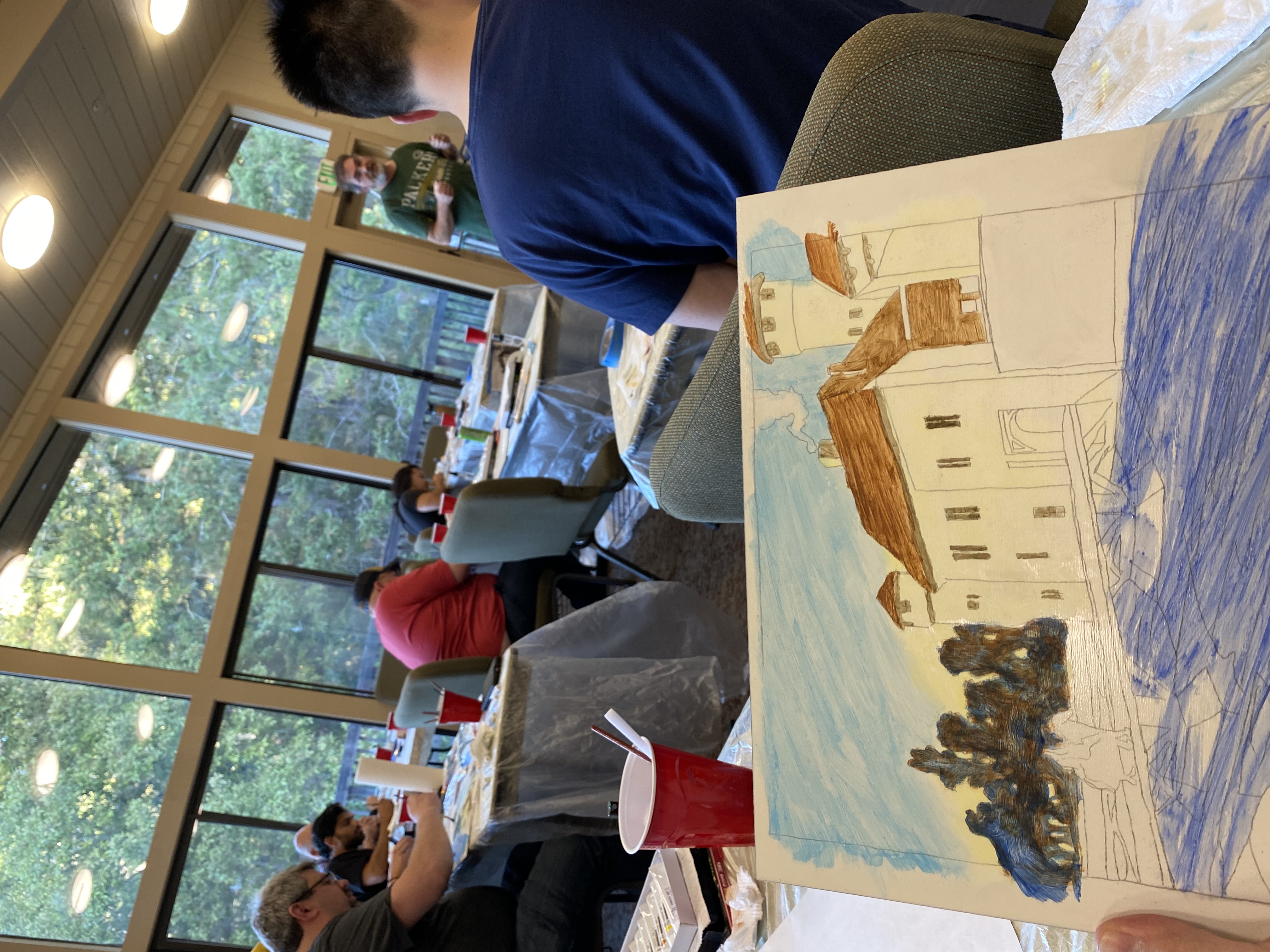
The arts and crafts event was Sunday afternoon. Jeff Menges, the illustrator of Old School classics like Swords to Plowshares, Black Knight, and Urza’s Chalice, taught a thorough class on how to paint Moat. I gave it the old college try for about an hour, but my hangover and the six-mile hike caught up with me, so I conceded the match.
Jeff had a table set up all weekend, selling art, playmats, test cards, tokens, signatures, and made-to-order alters. It might sound strange having just one booth for an event, but it was perfect for the size of the gathering. Jeff was a super friendly guy and was treated as an honored guest. He socialized with us, ate meals with us, and even went on our hiking trip.
The last event took place on Sunday evening. Everyone gathered together for one last time in the conference room. Prizes were handed out to the top six of the OS event, to most creative decks, and for a couple categories in Urza’s Ante, like most signed cards collected and most copies of a single card collected. There were about ten separate raffle prizes, with all proceeds going to charity. I got lucky and won an altered Fireball that I had only put one ticket in for.
Sunday night, some players stayed up late, eking out the last bit of fun from the weekend. I headed to bed early, since the home office of my remote job was in San Francisco, and I had promised to stop in and meet my colleagues in person for the first time. A Beast shuttled me and a few others to SFO on Monday morning.

On the train into SF, I thought about trying to explain Urza’s Chalice to my work colleagues, and all of the layers of context that would be needed: that a bunch of middle-aged adults played a children’s card game; that we were nostalgic for the first few years of the game, when the power levels of the cards fluctuated wildly, the art was “better” (but sometimes poorly scaled and amateurish), and the frames of the cards were… slightly superior than they ended up being in the later printings; that the format had become completely unaffordable to all but the wealthiest players or those who had been holding their cards for a decade; that insular, city-based clubs had formed organically all over the country in support of this format; that each club gave itself a goofy name based on a card and had an unofficial uniform, like a patched-up biker vest or a branded bowling shirt; that Urza’s Chalice was an invite-only summer camp for the movers and shakers of these clubs; and that at this event we played this card game for three days, rarely talking or thinking about anything else. Instead of explaining all that, I just told them I played a few board games with some buddies and went on a hike in the redwoods. Much like the Maze of Ith, Old School Magic is an esoteric labyrinth that the uninitiated can find impossible to penetrate.
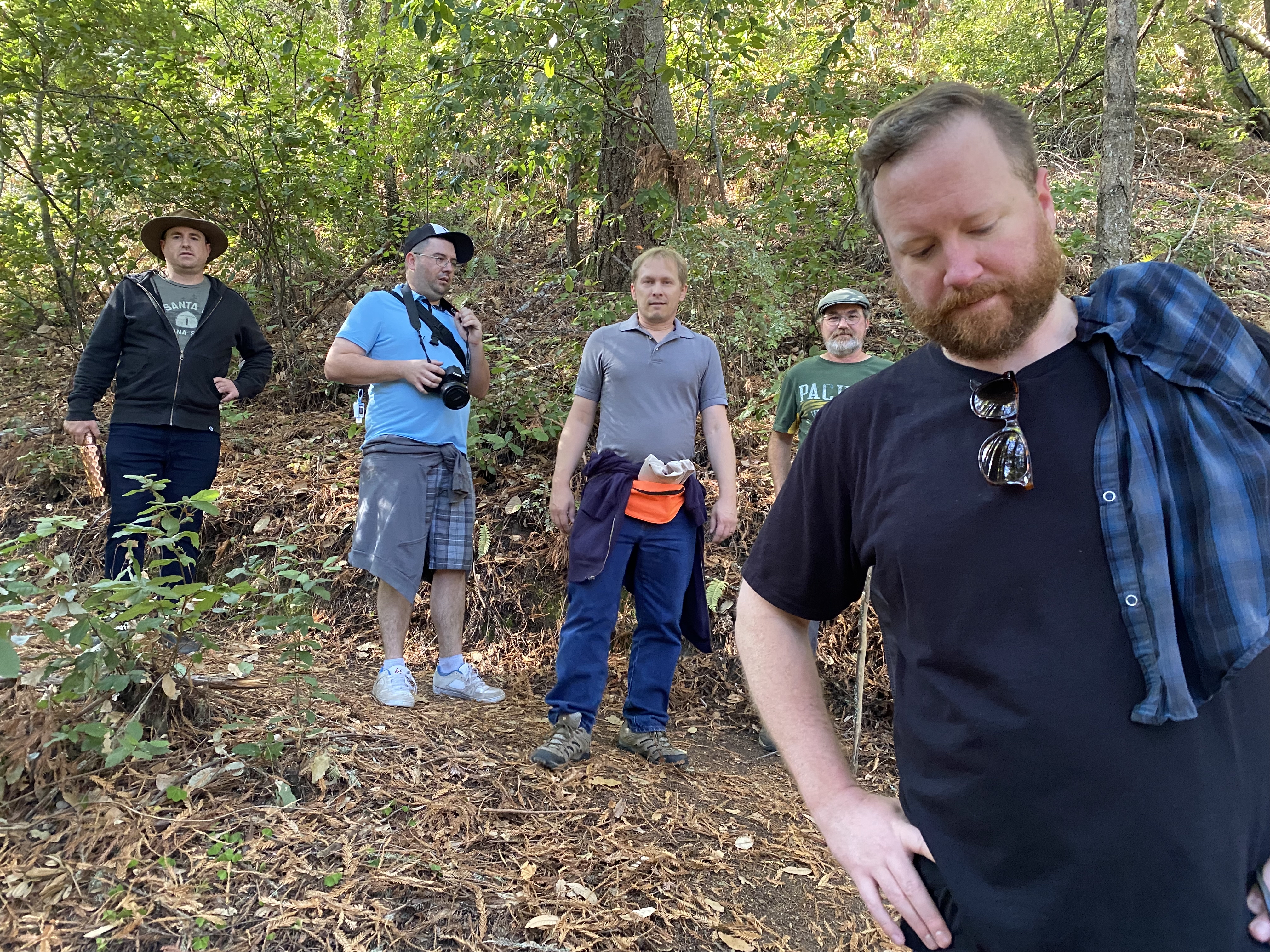
COVID-19 note: Because of travel restrictions due to COVID-19, most international invitees had to cancel, which left opportunities for second-stringers like me to snag an invite. The Beasts took some basic precautions by requiring proof of vaccination and a recent negative test result prior to arrival. Before we left at the end of the weekend, they handed out rapid tests to prevent our going back to our communities infected. This cautiousness paid off. It has been about two weeks since the event, and there have been no known cases of COVID as a result of Urza’s Chalice.
